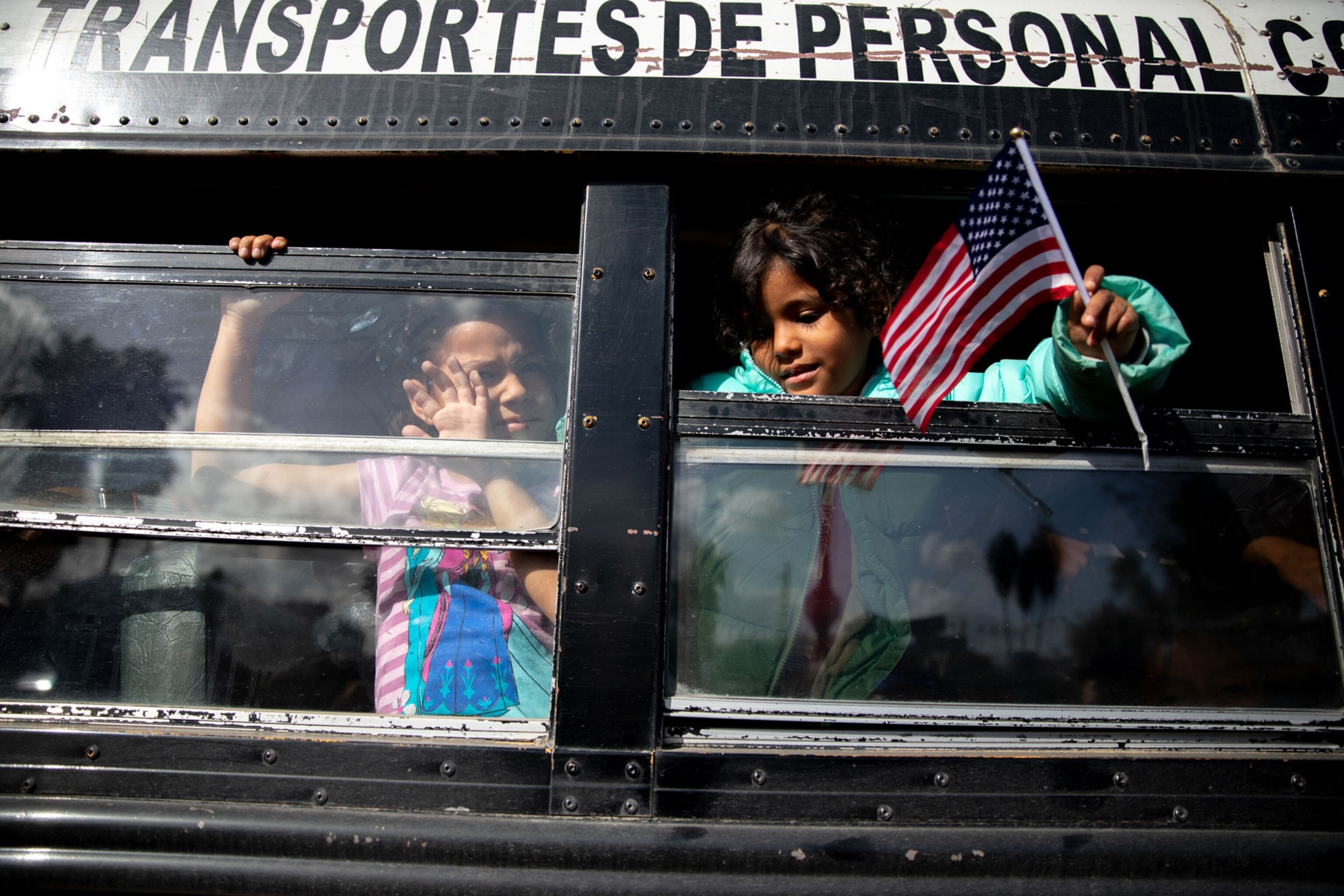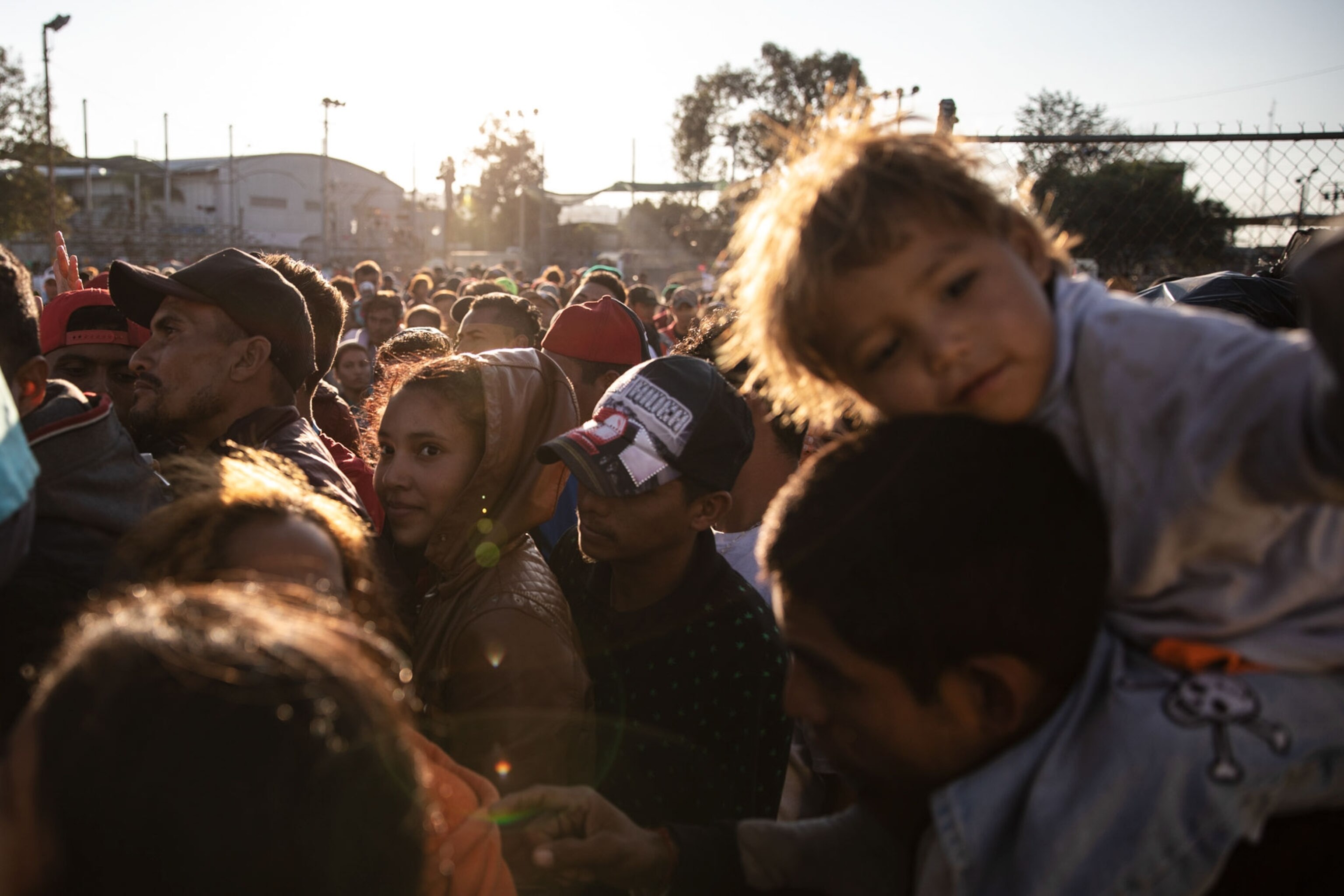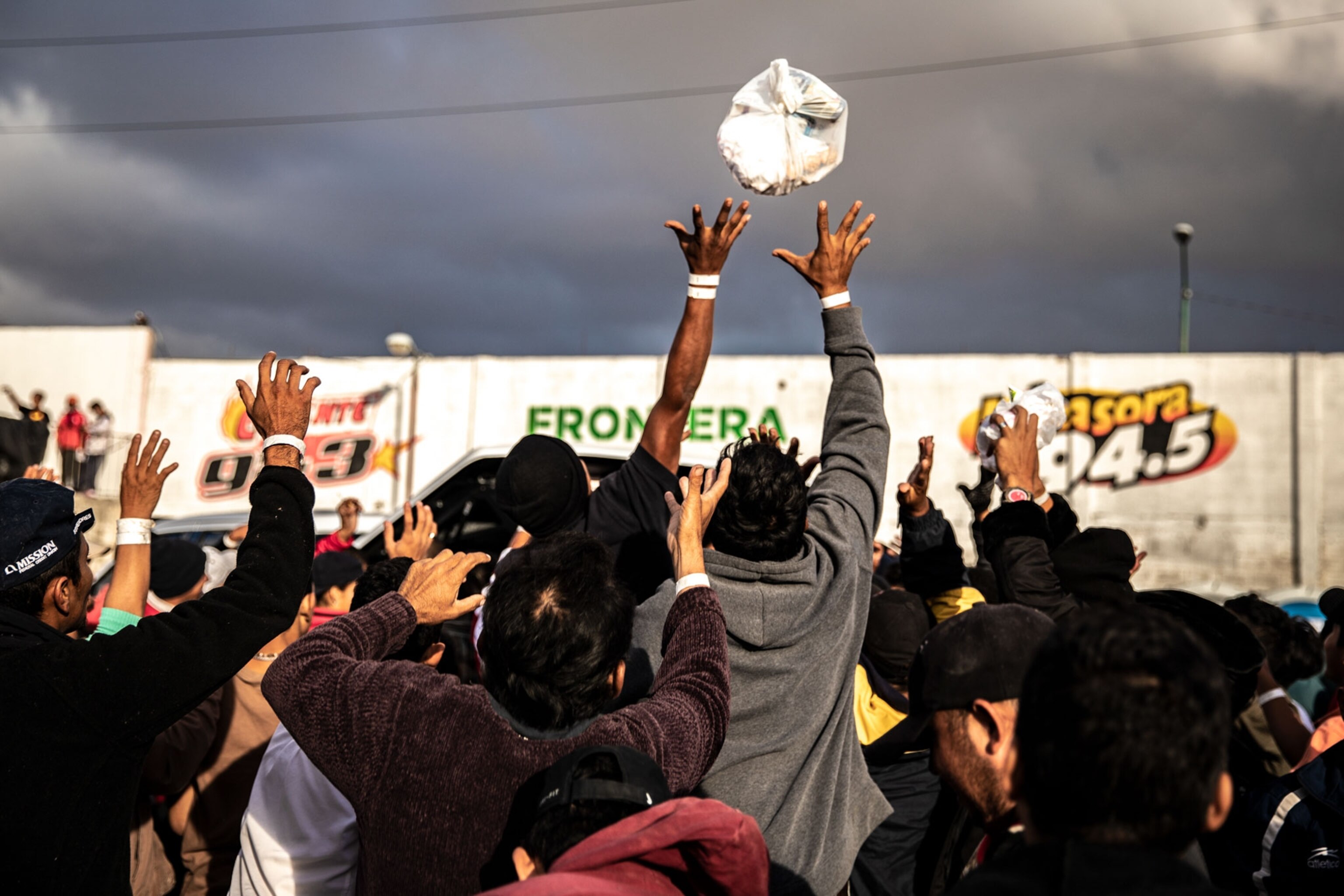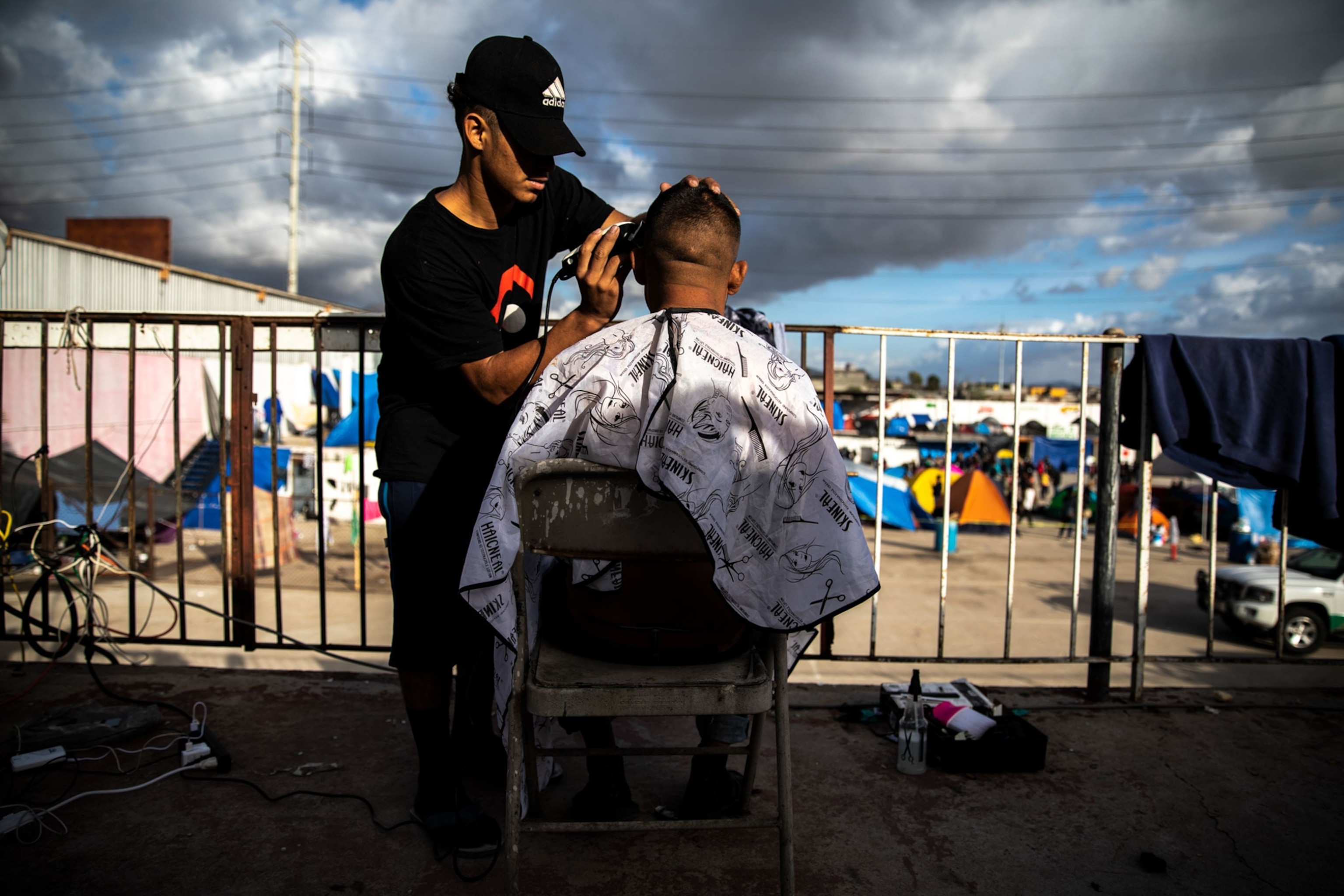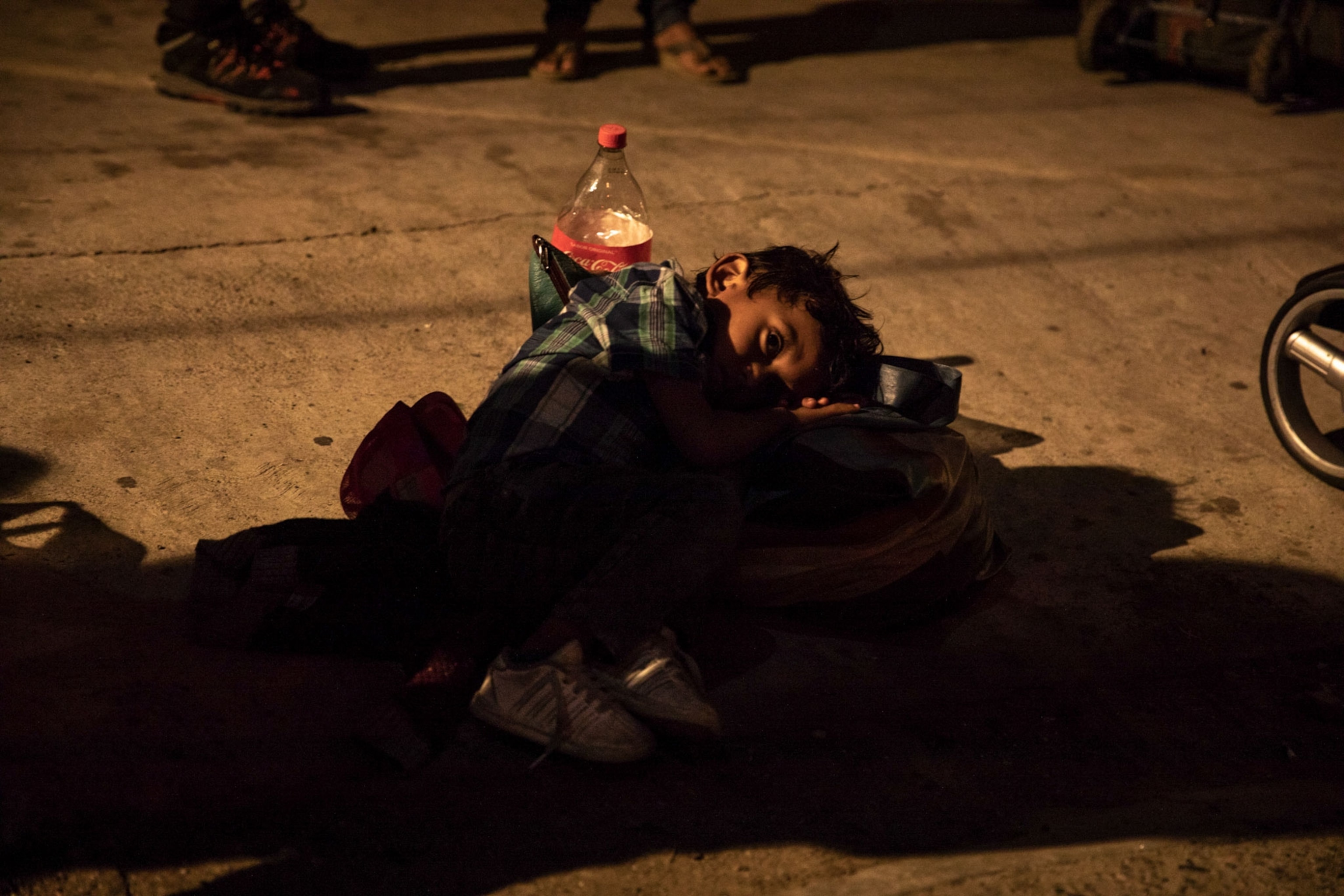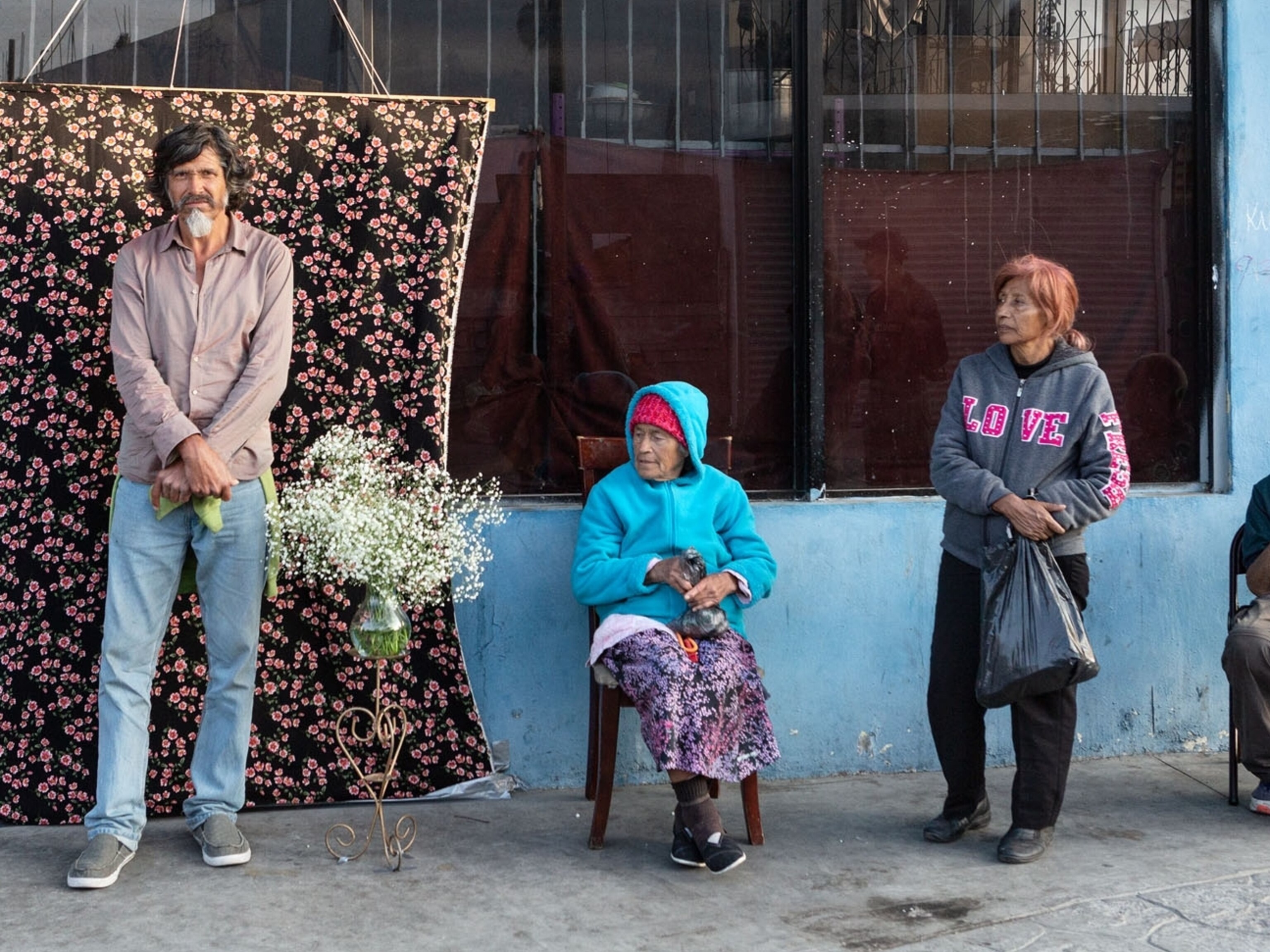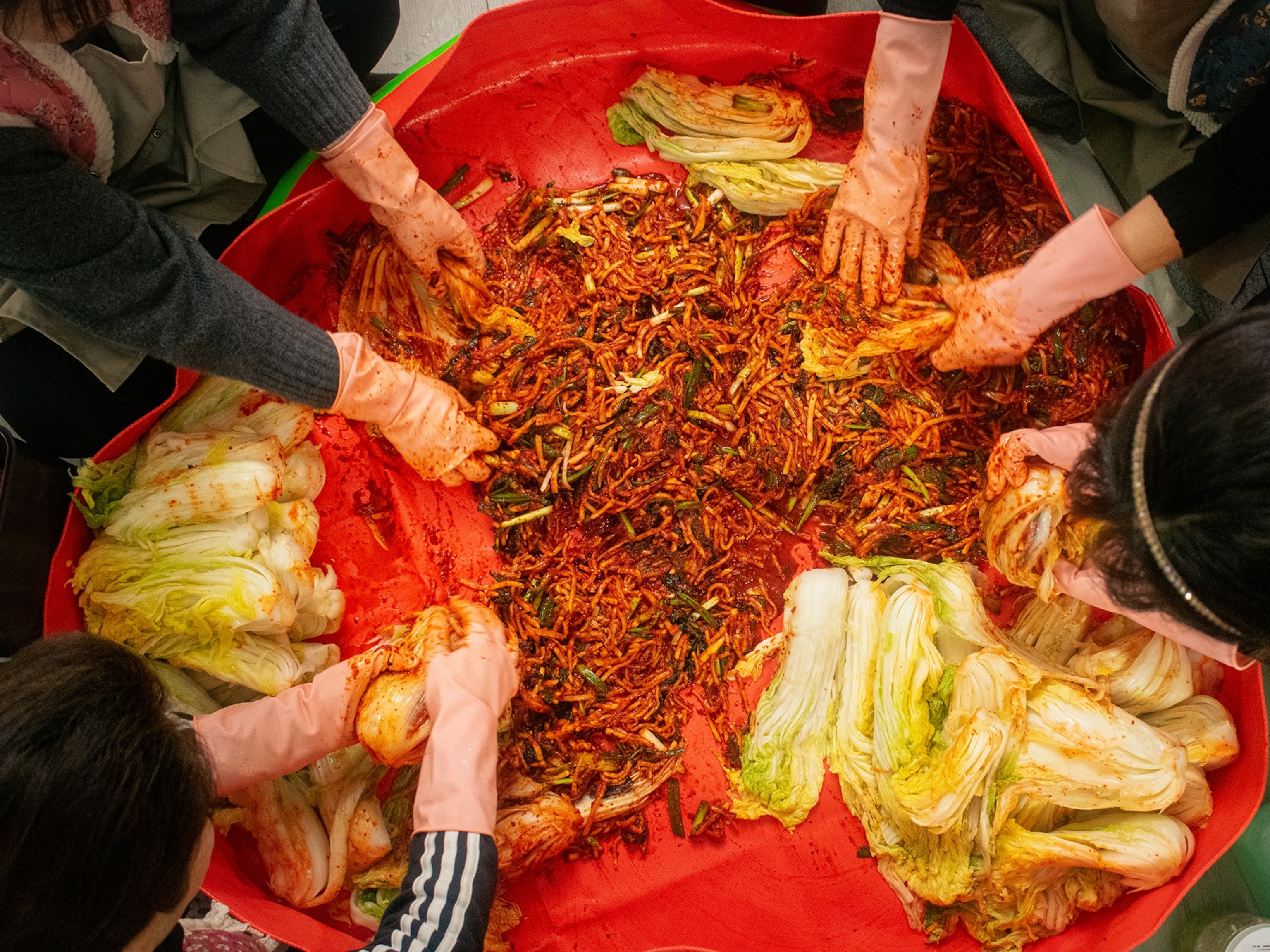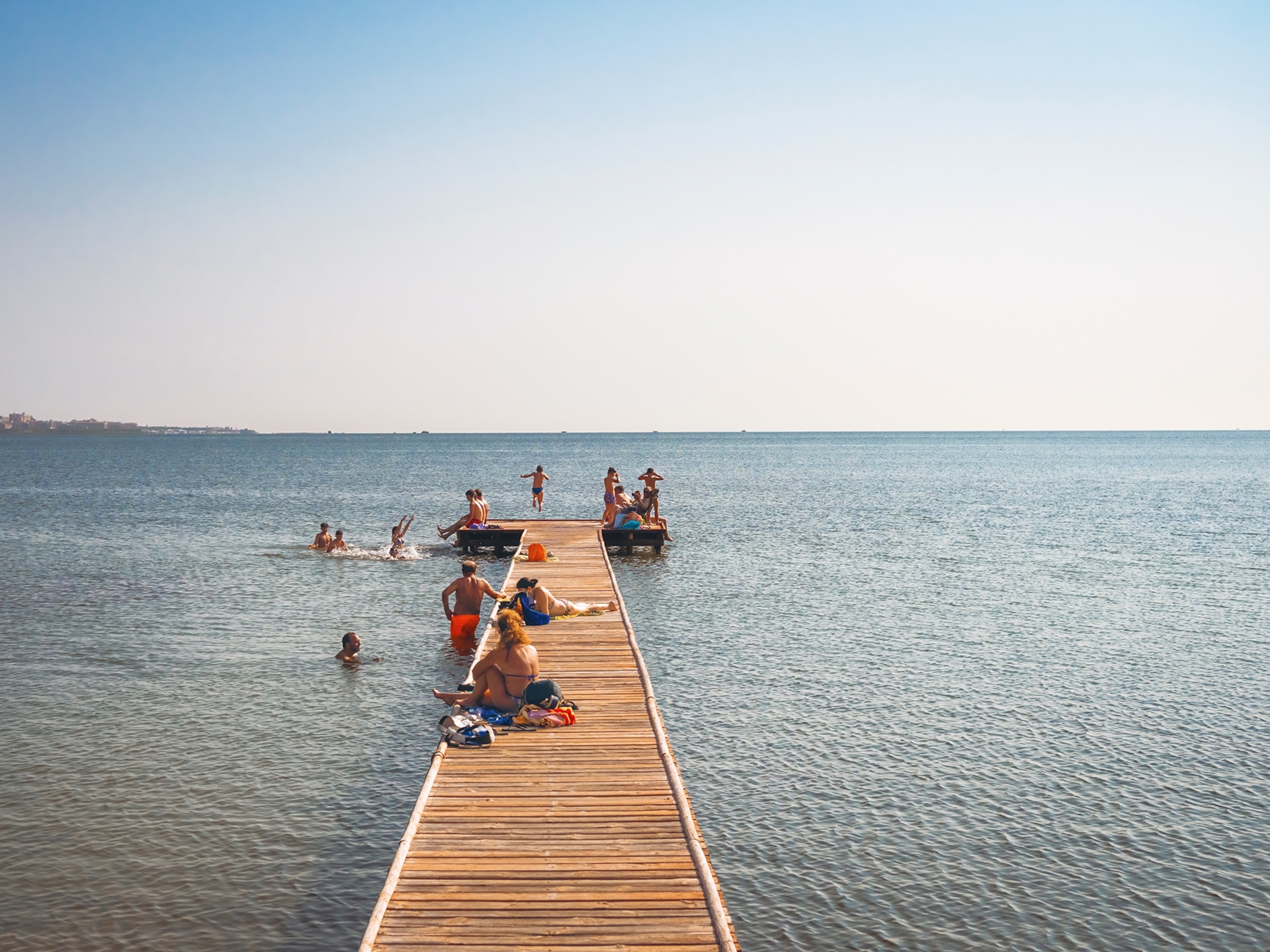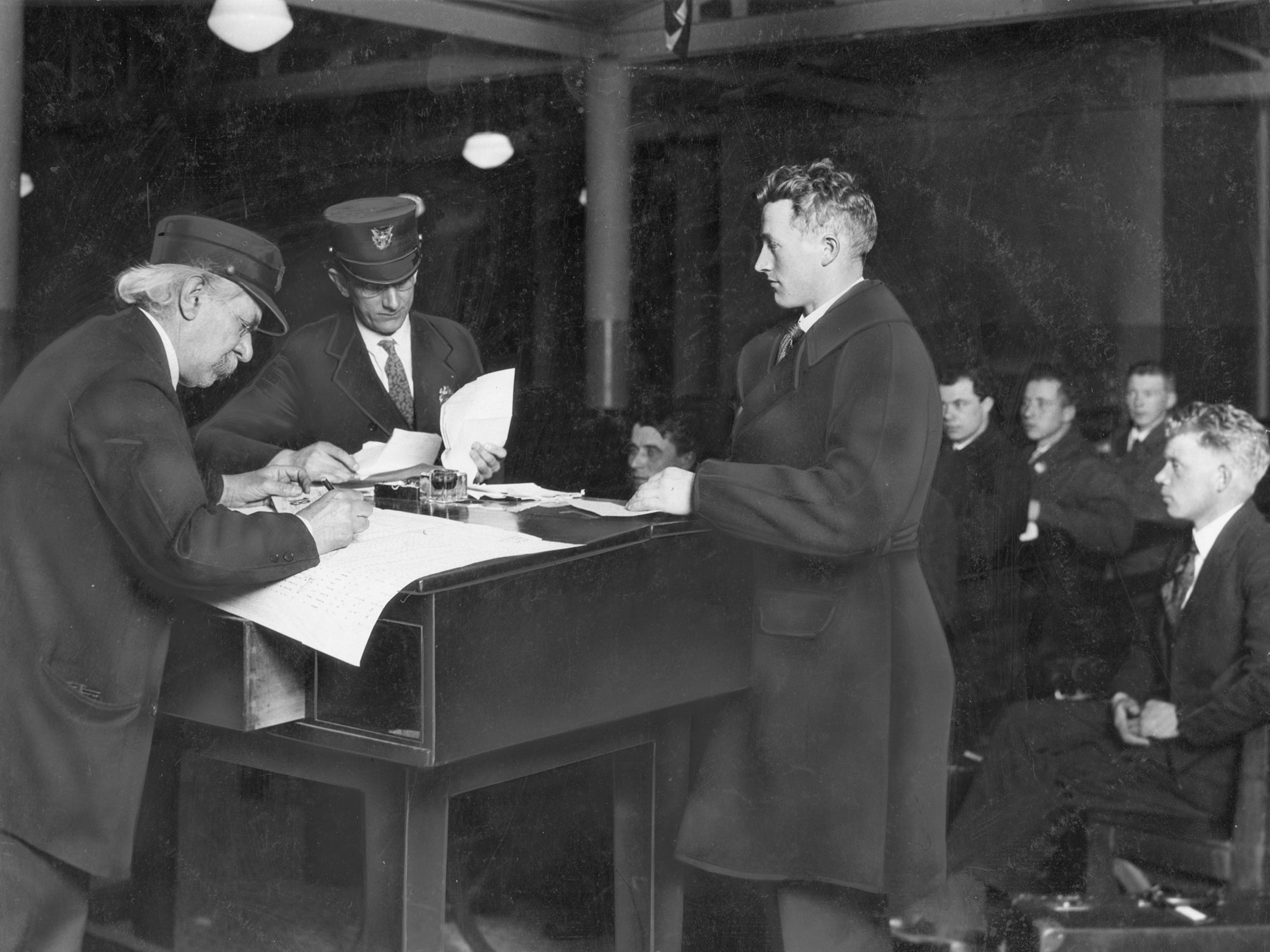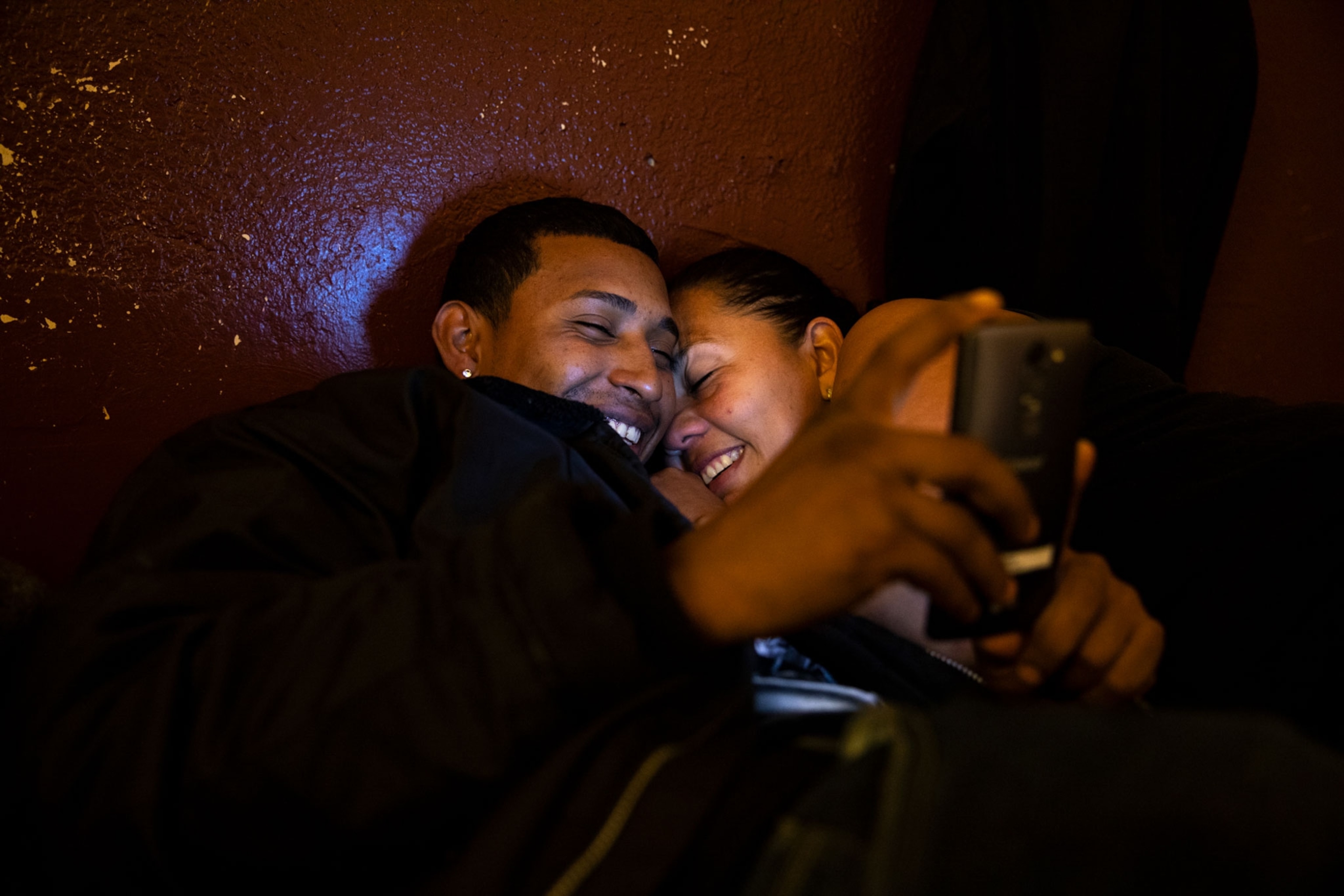
‘There is hope on the border’: In Tijuana, resilience endures among migrants
Honduran photographer Tomás Ayuso traveled with the migrant caravan, witnessing love and community even in the bleakest conditions.
The migrant capital of the Americas, Tijuana, hosts some 6,000 Central American refugees; many of them Honduran and each with their own personal story of displacement. They arrived after a month-long journey riding atop fuel tankers, packed into buses, and walking across stretches of jungle heat and desert cold.
For three years I’ve documented how Honduras came undone, following the different ways people fled their homes, searching for sanctuary across borders. I believe that in Honduras the right to life is no longer guaranteed at birth, as crisis after crisis has left our country trapped in a permanent state of collapse. As the caravan made its way through Mexico I recognized the pattern, but the scale was unheard of. I met them in Mexico City, and traveled alongside them to the Mexico’s northwesternmost corner.
There is hope on the border as well as the joy of being alive despite everything they’ve been through. Knowing they survived Honduras and the trek here is a source of motivation to keep going.
I listened in disbelief to the music of our accent ringing out on the streets of Tijuana where families and individuals from every corner of our country were gathered. Quickly they spread across the city: some in flophouses, others in churches. Just south of the everpresent border fence most settled in the Barretal refugee camp. Here, coffee pickers from Ocotepeque’s woodlands share tents with motormouths from Tegucigalpa, and southern fishermen of Choluteca break bread with indigenous Tolupanes from mountainous Yoro. It’s an oft repeated refrain among Honduran migrants: When we leave home we become closer. In spite of the camp’s difficult conditions, it is heartening to see the quick bonds formed by erstwhile strangers in acts of spontaneous friendship and unity.
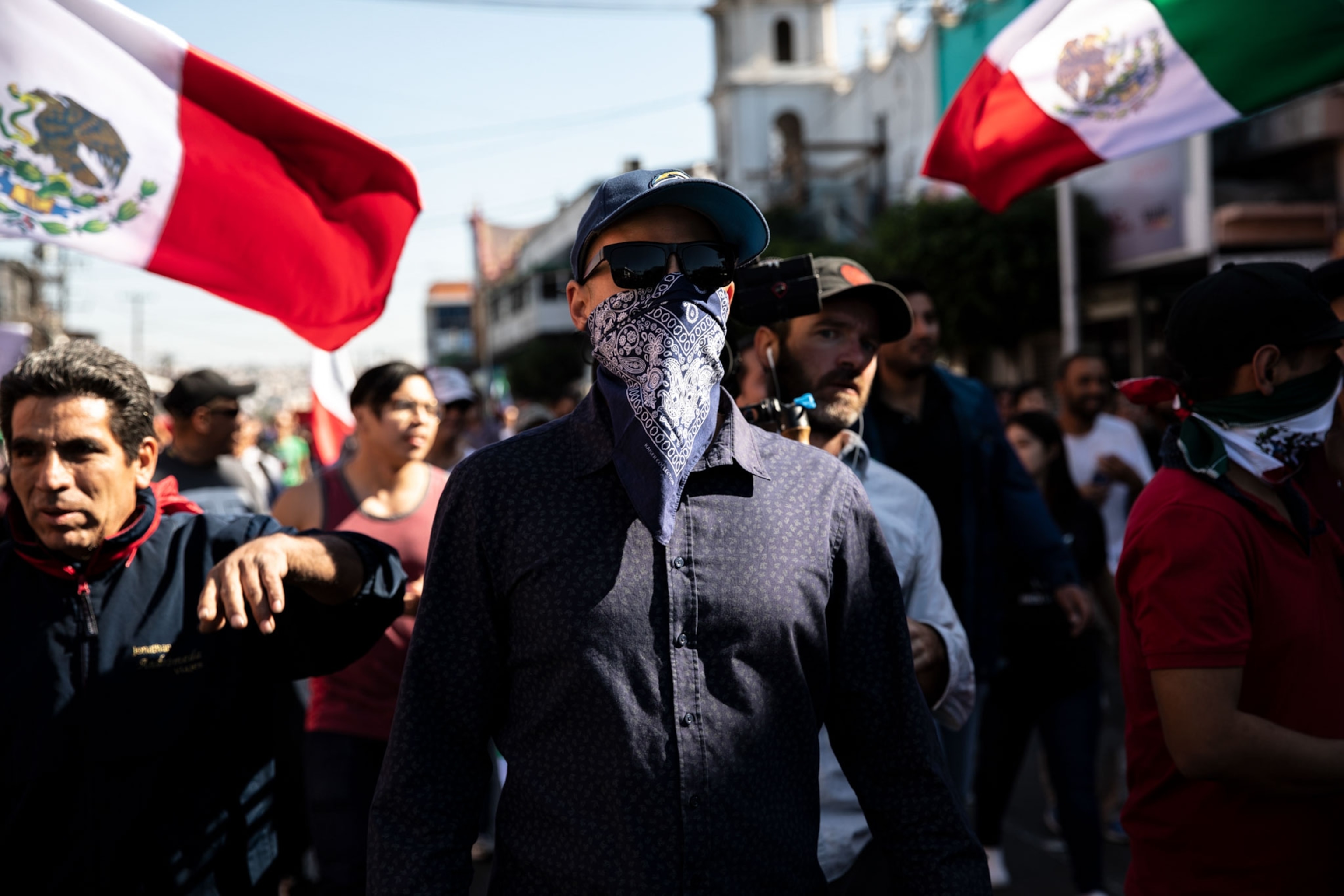
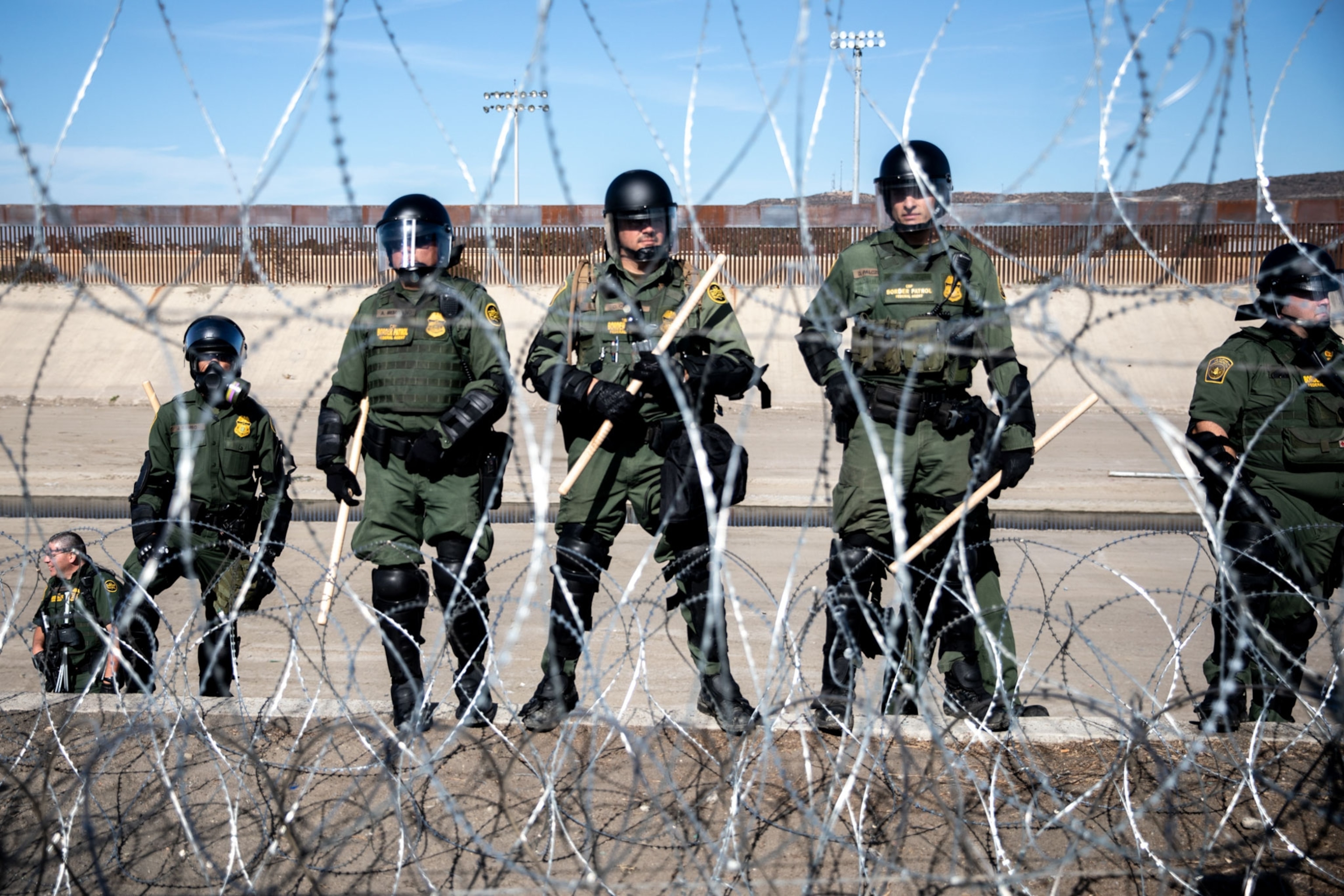
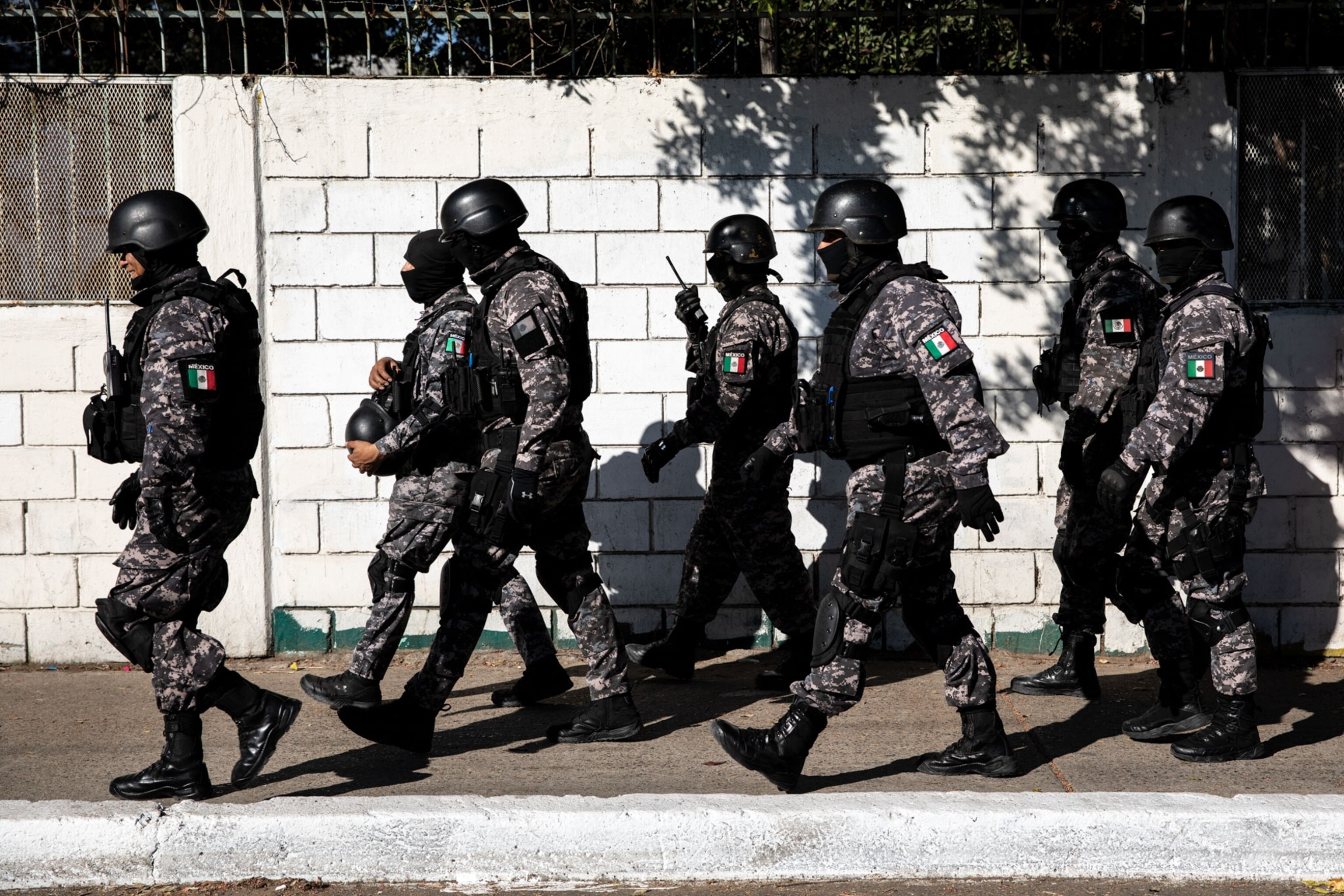
The life stories of Tijuana’s Hondurans are as numerous as they are. By listening to how they used to live as well as how they fled, a living mosaic of Honduras emerges: individual tragedies that collectively reveal our country’s calamity. Whether it’s the youth forced into a gang, the shop owner extorted by masked men, the child coerced into drugs, the couple hounded for who they love, the wife who survived a violent partner, the brother traumatized by a massacre, the parents who couldn’t find work, the farmer whose crops dried up, or the activist who woke up to death threats, the list goes on. There is no end to the different ways lives in Honduras have been left in ruins, thus answering the question of why anyone would subject themselves to displacement. To quote poet Warsan Shire:
no one leaves home unless
home is the mouth of a shark
you only run for the border
when you see the whole city running as well
Hondurans encounter new issues in Tijuana: chronic food shortages, countless bureaucratic hoops, mental fatigue, fluctuating temperatures. But there is hope on the border as well as the joy of being alive despite everything they’ve been through. Knowing they survived Honduras and the trek here is a source of motivation to keep going.
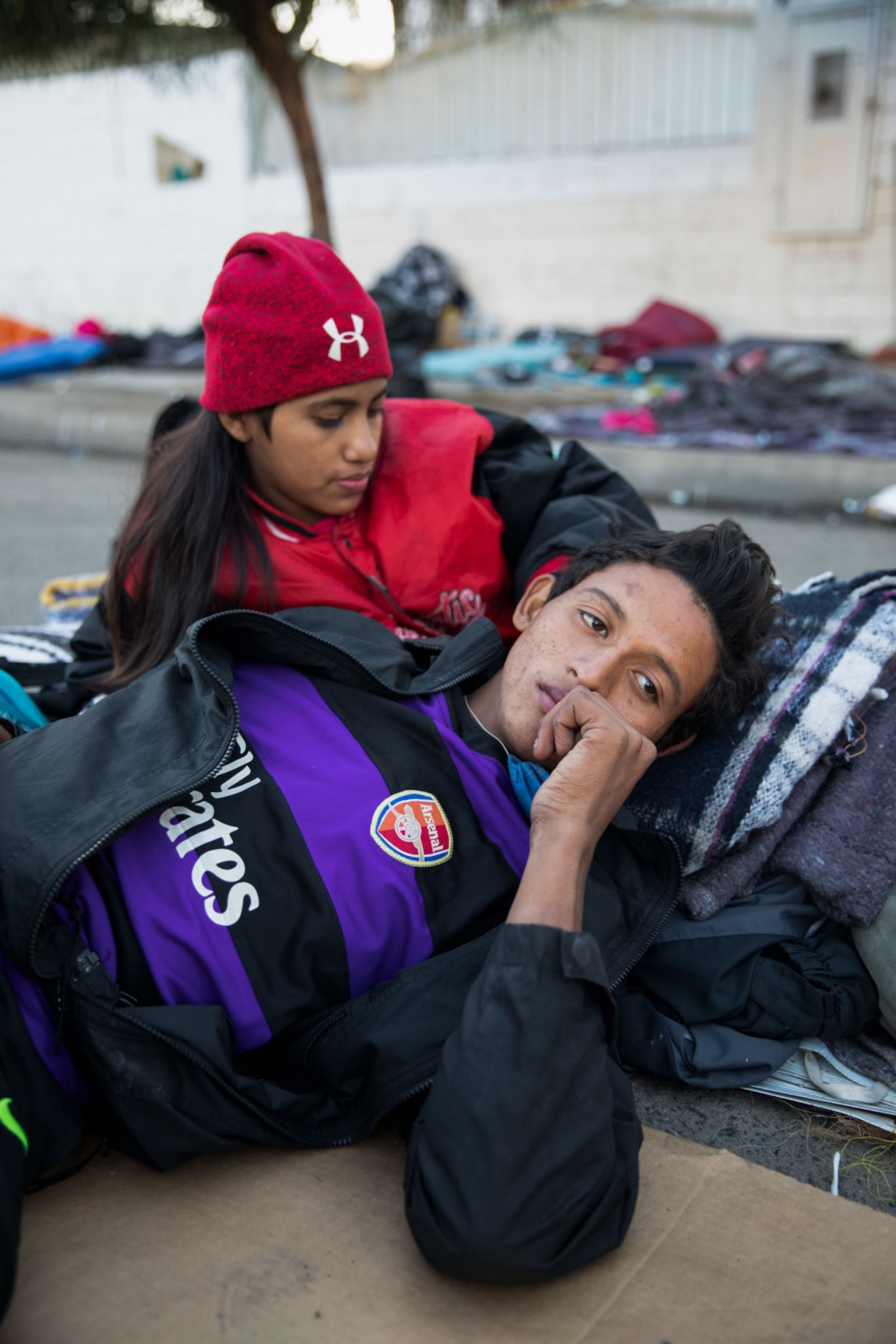
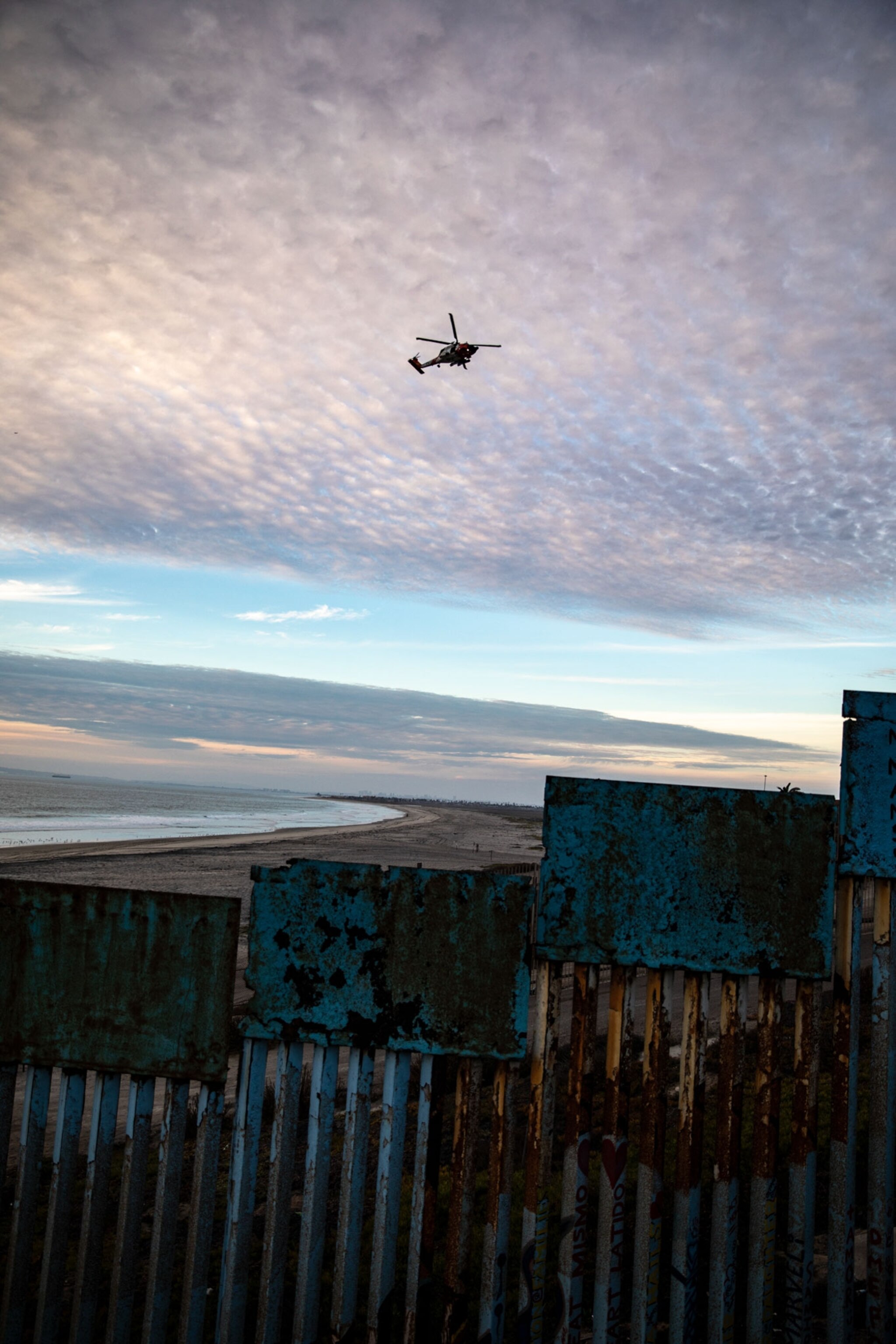
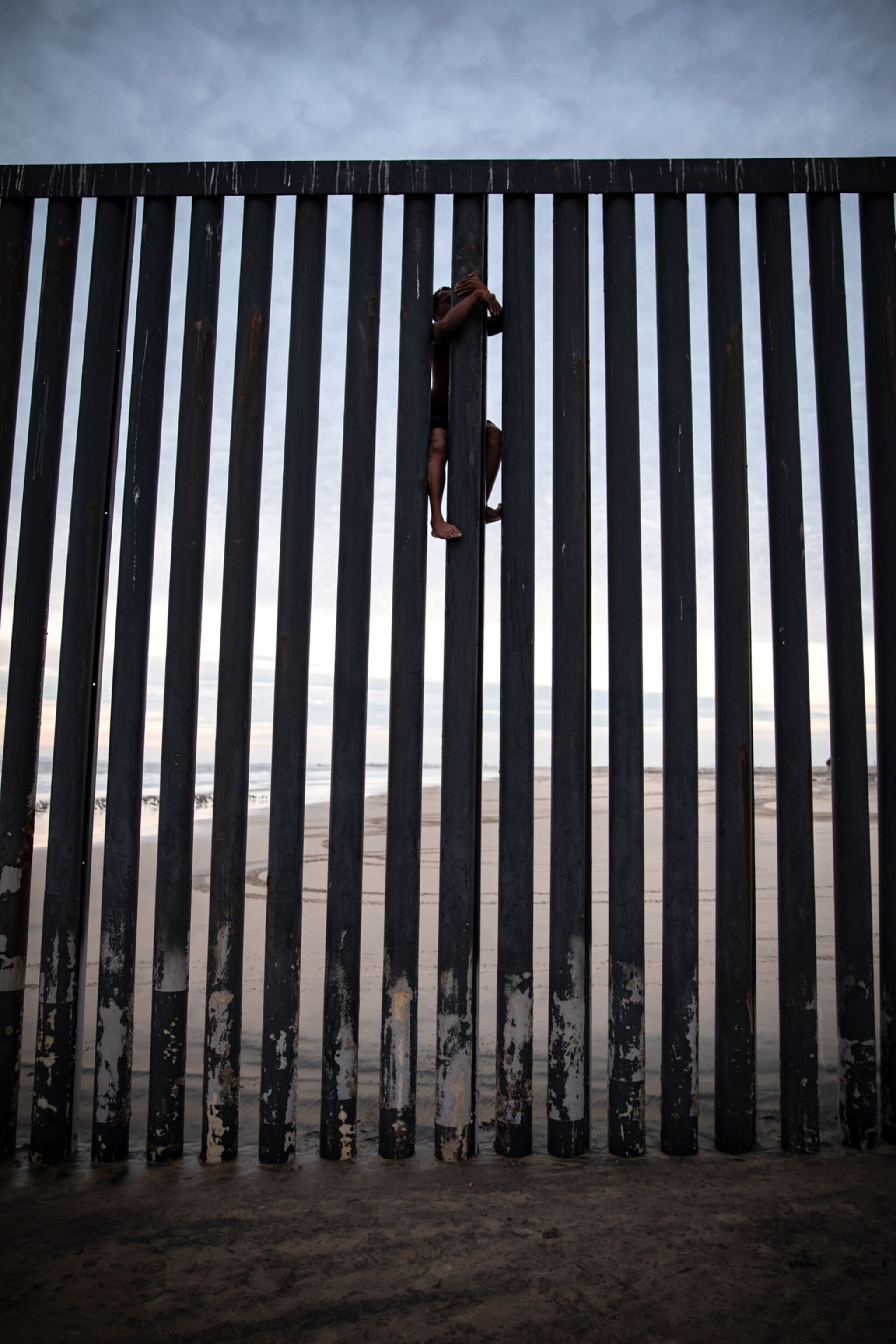
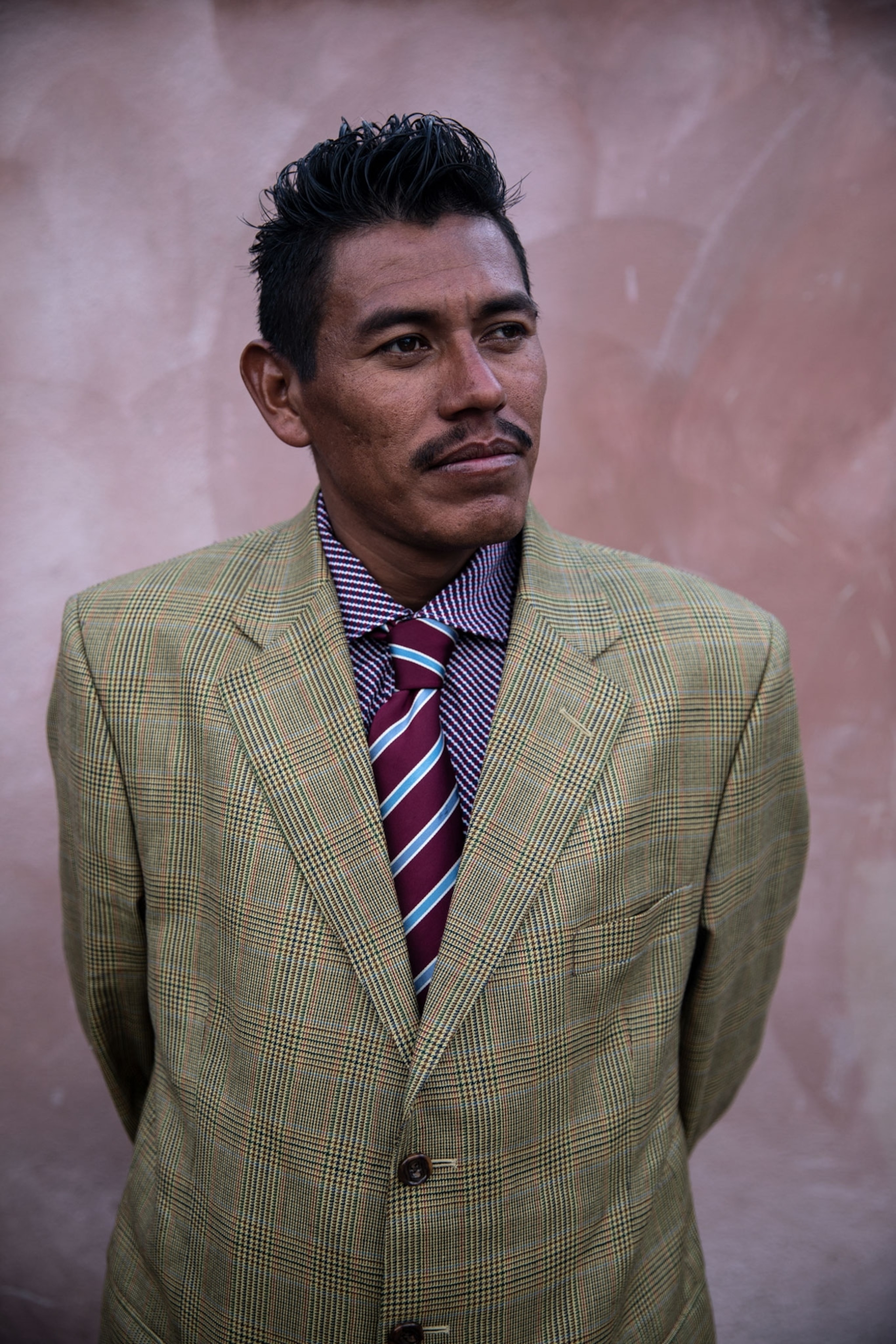
Such is Joshua’s story. The 20-year-old, courted by gangs for months, fled in the dead of night. He was threatened while securing shelter for his mother and siblings in another city. He knew that when they said goodbye it could be the last time they’d see each other. Joshua insisted that they never asked for this madness, but had to deal with it. Now, he says, the nightmares he once had are fading away. When he came to Tijuana, Joshua kept looking over his shoulder until one day he realized he didn’t have to anymore because he was out of their reach. For the time being, the gamble to save his family and his own life paid off: he is free and they are safe.
As another migrant once starkly told me: “It's better to die in an attempt for safety than to wait for death in your home.”
I meet other Hondurans who saw the caravan as a lifeboat. Adriana’s teenage daughter was attacked by a group of men who threatened to come back to finish the job. Adriana heard news of a caravan making its way west. Her family didn’t care where it was headed, they needed a safe out. A month later they find themselves thousands of miles from a home they can’t go back to. Adriana holds her daughter as we speak, telling me: “When we saw the caravan, we knew it was God coming to our rescue.” Like thousands more, now they pine for asylum in the U.S. They cling to the hope of a merciful judge as deportation to Honduras could be fatal. But as another migrant once starkly told me: “It's better to die in an attempt for safety than to wait for death in your home.”
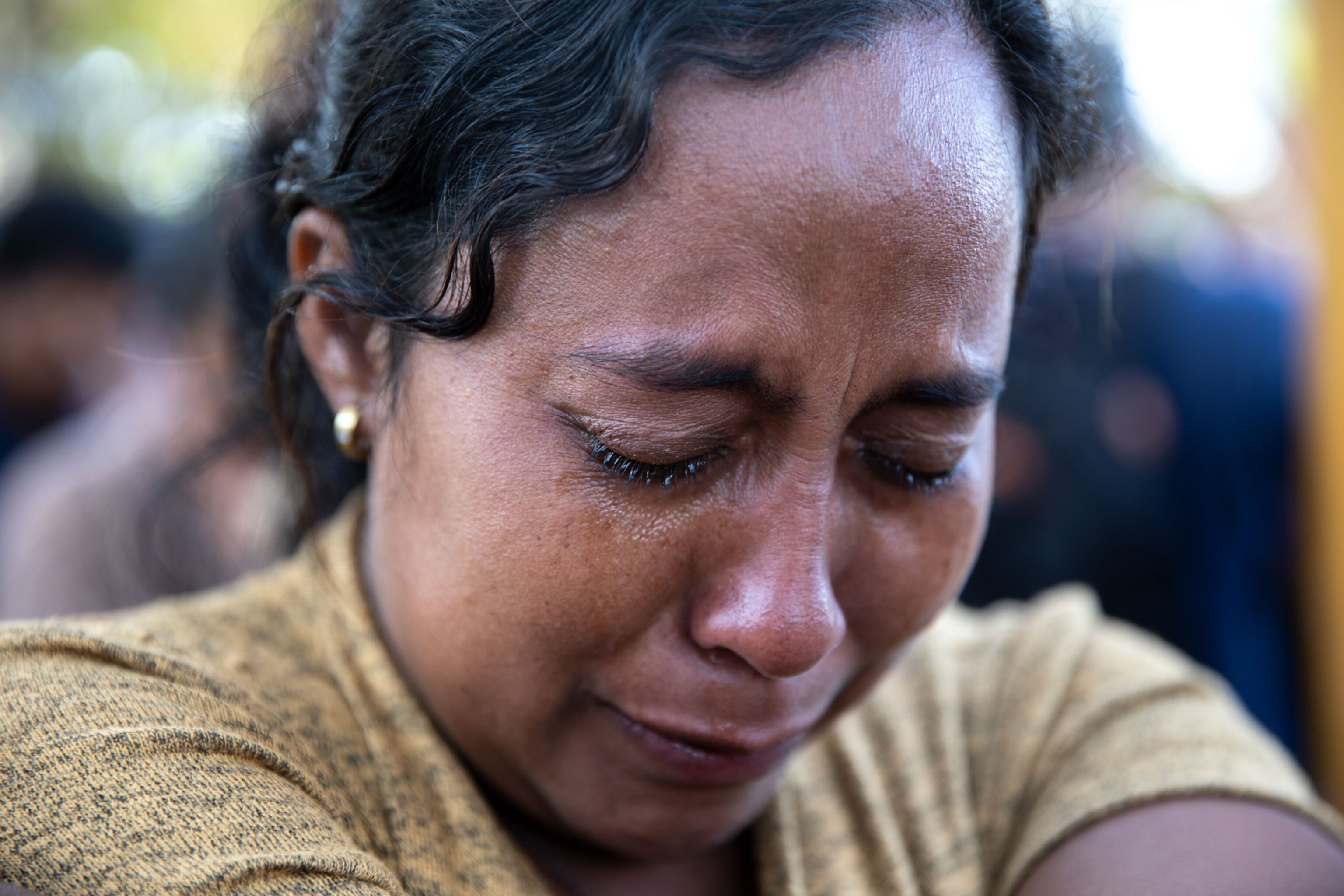
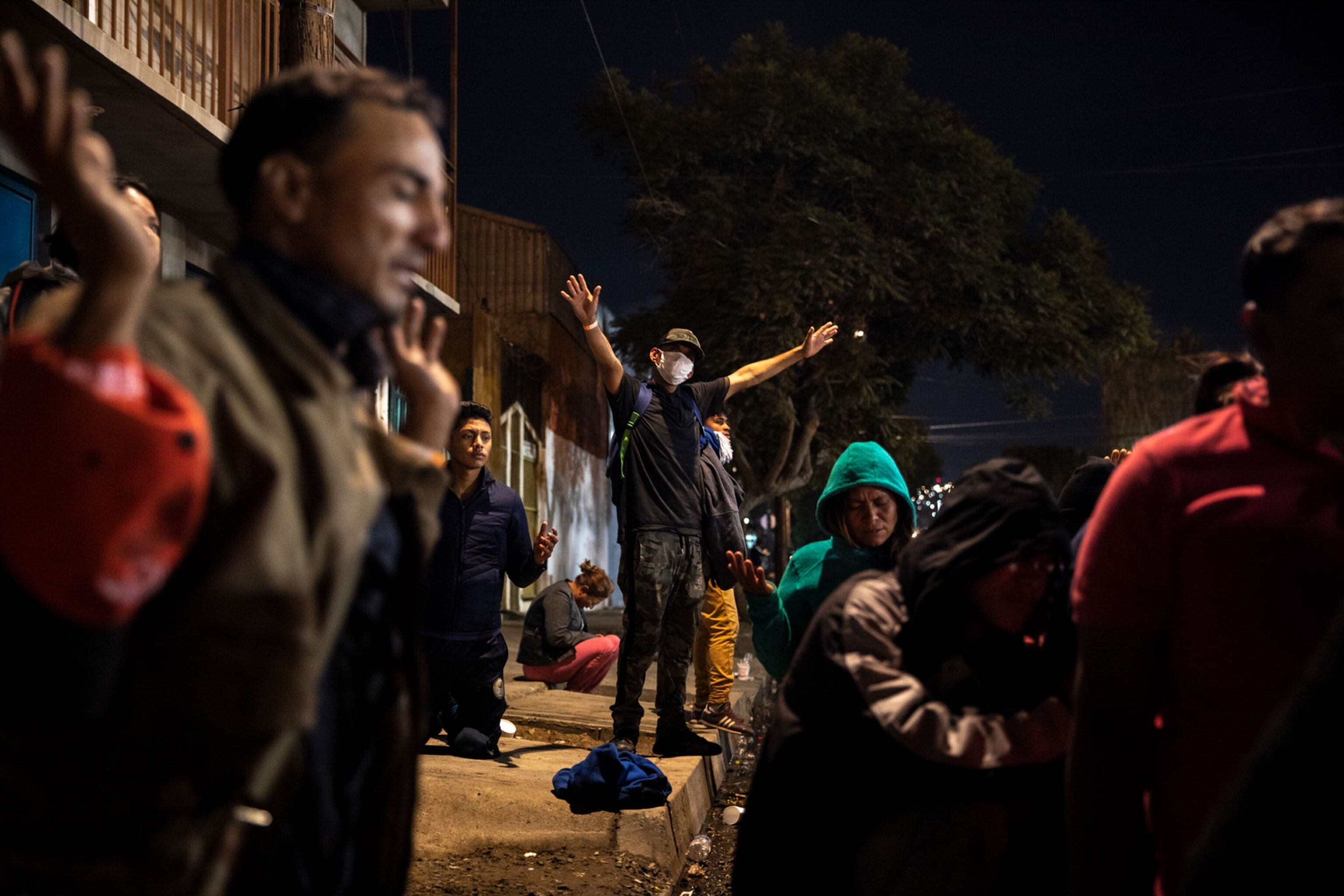
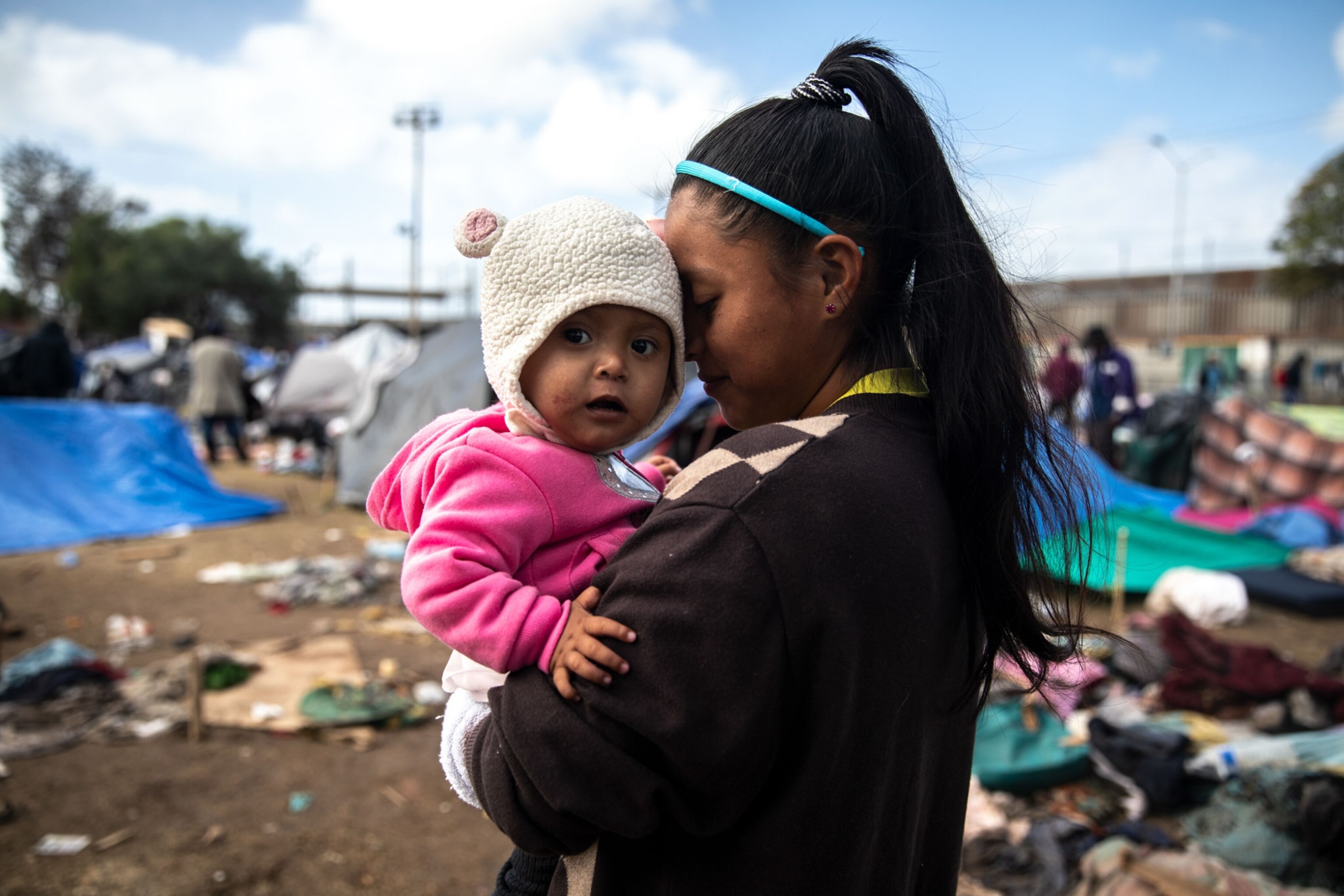
As the exodus-turned-refugee camp rounds out its first month in Tijuana, I’ve heard stories of self-sacrifice, pain, love and generational trauma of an unmoored people. In an act of survival and resilience, they turned their back on the country that long ago abandoned them. People who made it to Tijuana dared to dream of restoring their dignity by walking for days and traveling into the unknown, guided by boundless hope that somewhere on foreign soil their right to grow old would be restored. Theirs is the simple wish for a future. Huddled in windblown tents on a mesa overlooking the glistening orange lights of the border fence, it simultaneously keeps them out but shines bright like a northern star guiding the persecuted and displaced towards the safety of sanctuary in America.
